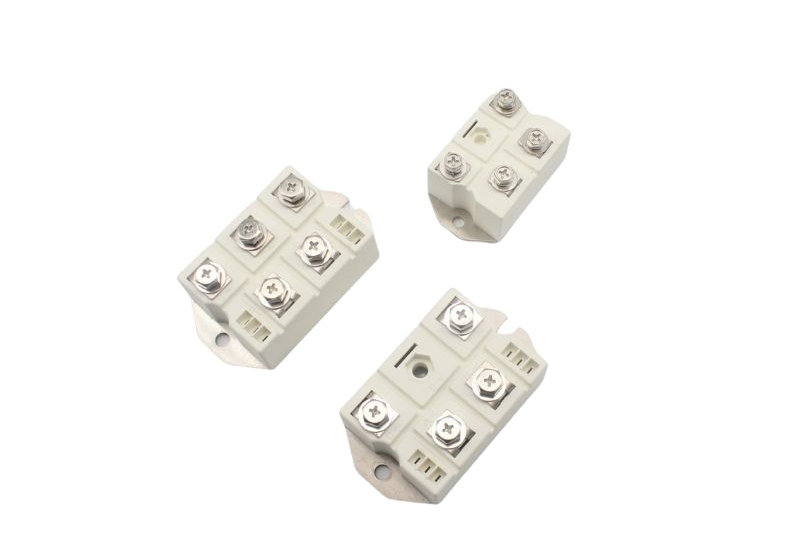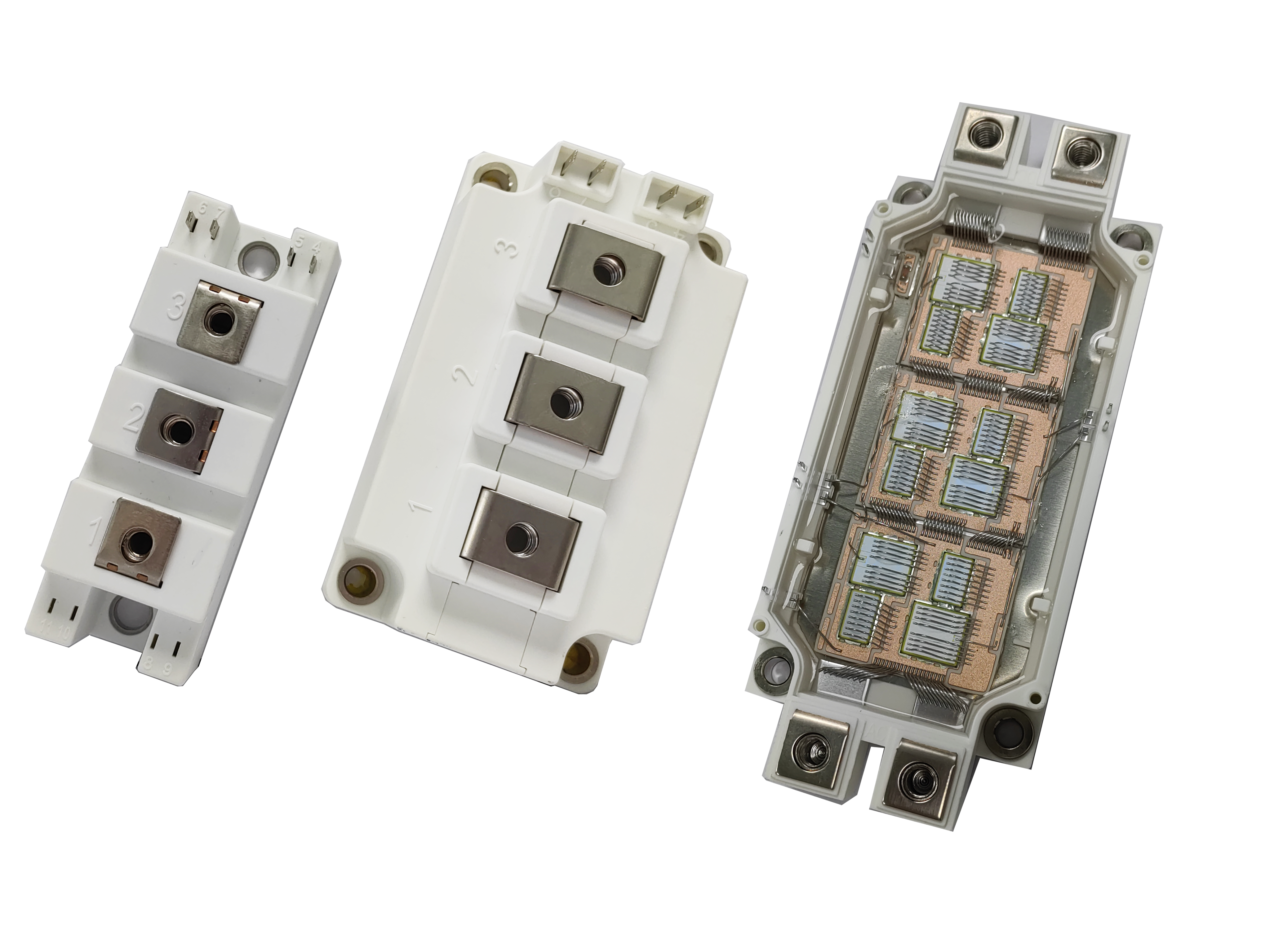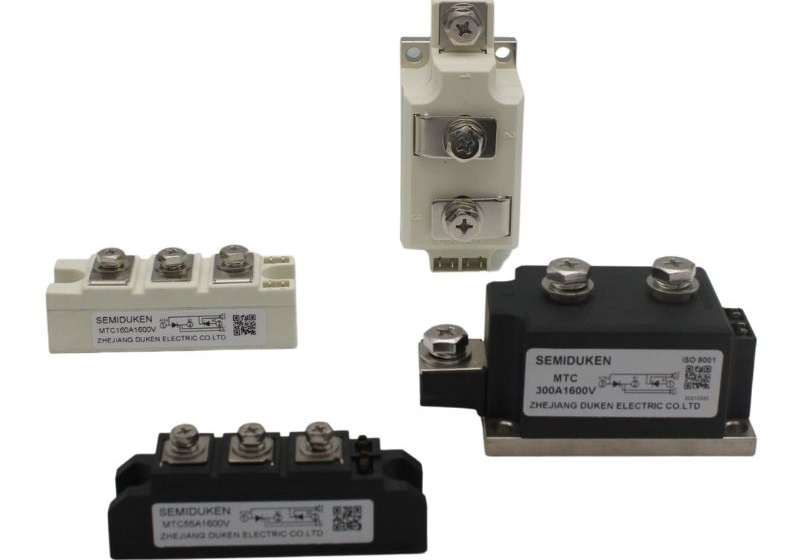What Are Rectifier Diodes
In the realm of electronics, the importance of rectifier diodes cannot be overstated. These semiconductor devices play a pivotal role in converting alternating current (AC) into direct current (DC), a process fundamental to the operation of countless electronic devices and systems. Duken, a leader in the field of semiconductor technology, offers a comprehensive range of rectifier diodes designed to meet the highest standards of reliability and efficiency. This article will delve into what rectifier diodes are, discuss Duken’s testing methodologies, and outline steps for troubleshooting potential issues.
Rectifier diodes are specialized types of diodes that conduct electric current in one direction while blocking it in the opposite direction. They are commonly used in power supplies to convert AC from the mains supply into DC, which is then used to power electronic circuits. Duken's rectifier diodes are crafted with precision to ensure minimal power loss during the conversion process, thereby maximizing efficiency and extending the lifespan of the devices they serve.
Duken rectifier diodes come in various forms, including bridge rectifiers, half-wave rectifiers, and full-wave rectifiers. Each type is optimized for different applications, whether it's for small-scale consumer electronics or industrial-grade power supply units. By selecting the appropriate rectifier diode, engineers can tailor their designs to achieve the best performance for their intended application.
Testing rectifier diodes is essential to verify their functionality and ensure they meet the necessary specifications before deployment. Duken adheres to stringent testing protocols to guarantee that all rectifier diodes leaving their facilities perform reliably under a variety of operating conditions.
One of the primary tests involves measuring the forward voltage drop across the diode when it is conducting current. A low forward voltage drop indicates high efficiency, meaning less energy is wasted as heat. Another critical test assesses the reverse leakage current, which should be minimal to prevent unwanted conduction when the diode is supposed to block current flow.
Duken also conducts thermal cycling tests to evaluate how the diode performs over a wide temperature range, simulating real-world operating environments. These rigorous tests help identify any weaknesses or inconsistencies in the diode's construction, ensuring that only the best quality products reach the market.
Test Method for High Efficiency Rectifier Diodes
High-efficiency rectifier diodes are particularly important in applications where power consumption is a concern. To validate the efficiency claims of their rectifier diodes, Duken employs advanced testing methods that go beyond standard industry practices.
For instance, Duken measures the diode's performance at different frequencies and loads to understand its behavior under dynamic conditions. Additionally, Duken uses sophisticated simulation software to predict how the diode will perform in complex circuit configurations, allowing for optimization of the diode design before physical prototypes are created.
Even with top-tier manufacturing standards, issues may arise during the operational lifetime of rectifier diodes. Duken provides clear guidelines for troubleshooting common problems associated with rectifier diodes, helping users quickly diagnose and resolve issues.
By following Duken's recommendations for testing and troubleshooting, users can maintain the integrity of their electronic systems and prolong the service life of rectifier diodes. As technology advances, Duken remains committed to developing innovative solutions that push the boundaries of what's possible with rectifier diode technology.







